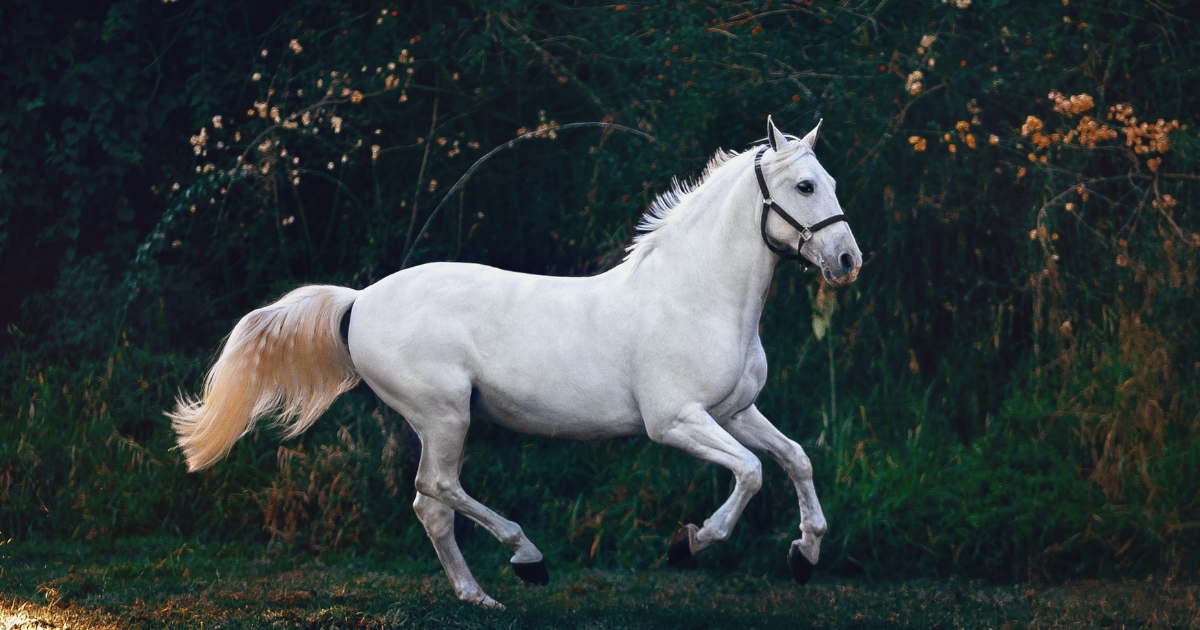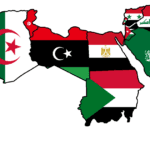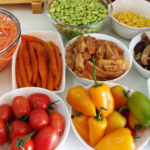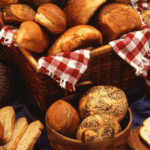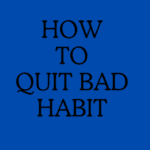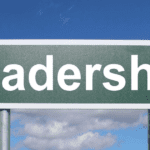The bond between humans and nags is as ancient as civilization itself. These magnific brutes have played vital places in shaping the course of history, abetting in transportation, husbandry, and indeed warfare. As we embark on a trip to explore nags around the world, we uncover the unique and different ways in which these noble creatures have told societies, husbandry, and the veritably substance of mortal connection.In this artical we are going to study about horses around the world.
Table of Contents
A Global Tapestry of Horse Breeds
Nags, like humans, come in a myriad of types, each acclimated to its terrain and purpose. From the sturdy and flexible Icelandic steed, known for its strength in harsh climates, to the satiny and nippy Arabian steed, deified for its abidance and grace, the world is home to a show of steed types. Whether running across the vast downs of Mongolia or sharing in the various fests of a Spanish jubilee, nags have come an integral part of different societies and traditions.
The Nomadic Spirit of the Mongolian steed
In the vast breadth of the Mongolian downs, the vagrant way of life is naturally linked to the Mongolian steed. Known for their hardiness, abidance, and adaptability, these small yet robust nags have been the faithful companions of vagrant herdsmen for centuries. Mongolian nags are an integral part of the vagrant life, serving as both transportation and a source of food for the Mongolian people. The periodic Naadam Festival, a festivity of the” Three Manly Games” – steed racing, archery, and wrestling – showcases the deep bond between the Mongolian people and their nags.
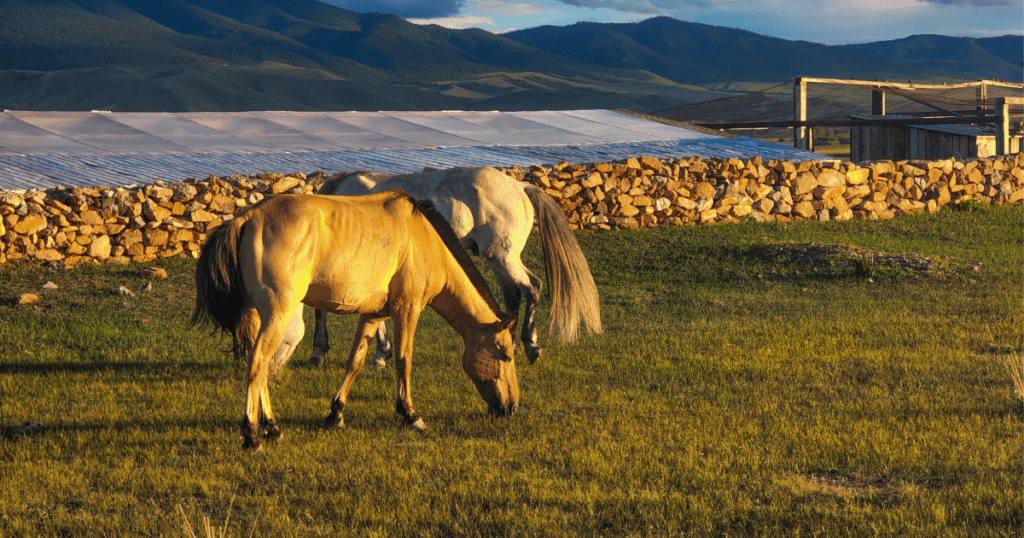
The fineness of the Spanish Andalusian
In the sun- drenched geographies of Spain, the Andalusian steed reigns supreme as a symbol of fineness and grace. Renowned for their beauty and versatility, Andalusians have a rich history deeply intertwined with Spanish culture. These nags weren’t only prized on the battleground during the Reconquista but also came favored mounts of European kingliness. moment, the Andalusian is celebrated in colorful equestrian events, showcasing its dexterity and poise in disciplines similar as dressage and show jumping. The periodic Feria de Abril in Seville is a testament to the Andalusian steed’s significance, as riders proudly display their well- trained mounts in vibrant processions.

The Unbreakable Bond of the American Mustang
As the symbol of the untamed West, the American mustang embodies the spirit of freedom and adaptability. Descendants of nags brought to the Americas by Spanish explorers, mustangs have floated the vast geographies of North America for centuries. Their capability to acclimatize to different surroundings and survive in the harshest conditions has made them a living testament to the insuperable spirit of the wild. In recent times, associations devoted to the preservation of mustangs work lifelessly to insure the survival of these iconic American nags, fostering a renewed appreciation for their donation to the nation’s history.
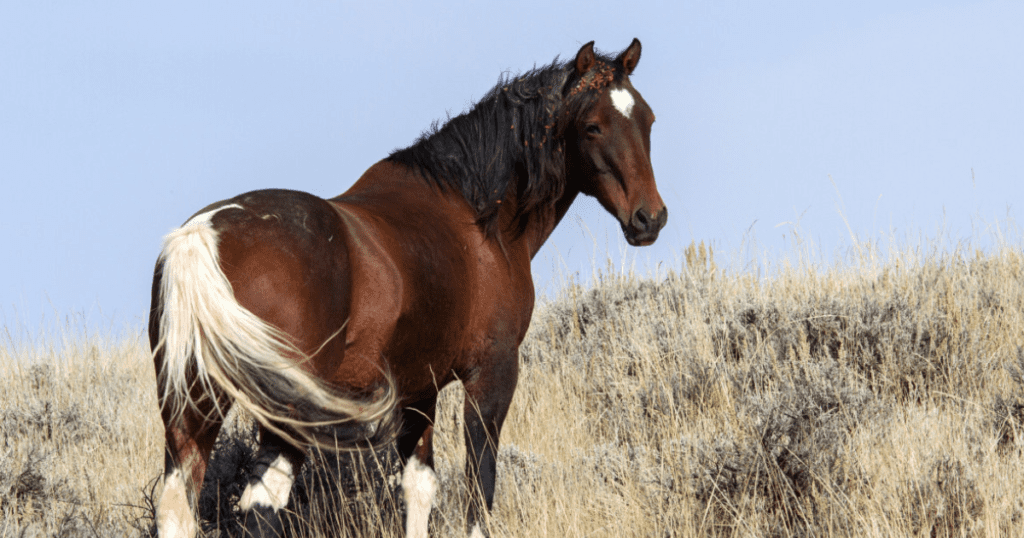
Equine kingliness in the United Kingdom
In the United Kingdom, nags have long been associated with tradition, pageantry, and kingliness. The British Royal Family’s love for nags is apparent in events similar as the Royal Ascot, where hybrids contend for prestigious titles in the presence of the monarch. The relationship between the British royals and nags extends beyond bare recreation; it’s deeply bedded in the country’s artistic fabric. From conventional events like the Changing of the Guard to the equestrian displays at Buckingham Palace, nags play a central part in upholding centuries-old traditions in the United Kingdom.
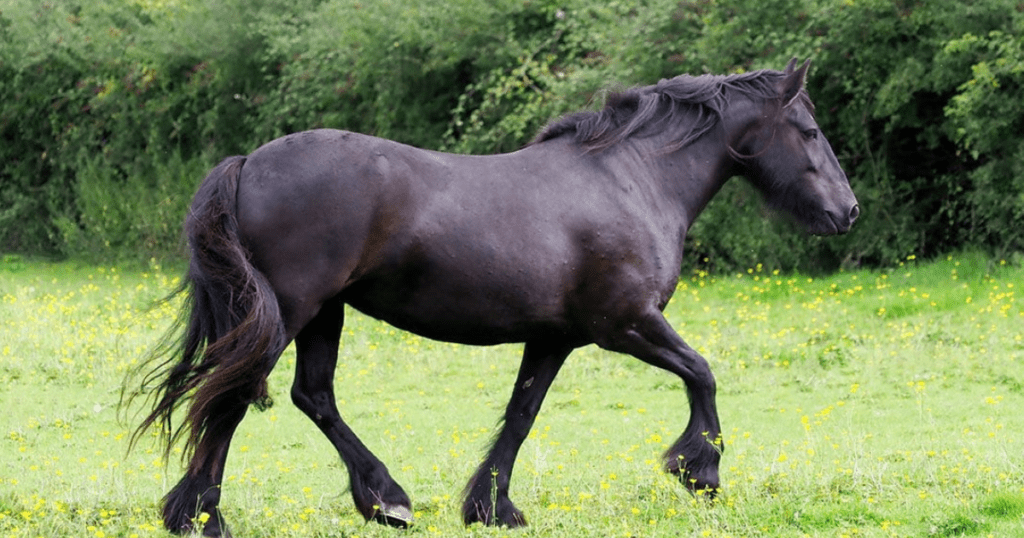
The Symbolism of the Japanese War Horse
In the Land of the Rising Sun, nags have played a significant part in shaping Japan’s history and artistic identity. The Japanese war steed, or” uma,” was a vital part of samurai warfare, carrying soldiers into battle with both skill and fidelity. The bond between samurai and steed was so profound that nags were frequently considered companions in the afterlife, and they were indeed buried with their fallen riders. moment, in carnivals like the Soma Nomaoi, the spirit of the Japanese war steed lives on as riders sheathe in traditional samurai armor demonstrate their equestrian prowess in a festivity of history and heritage.
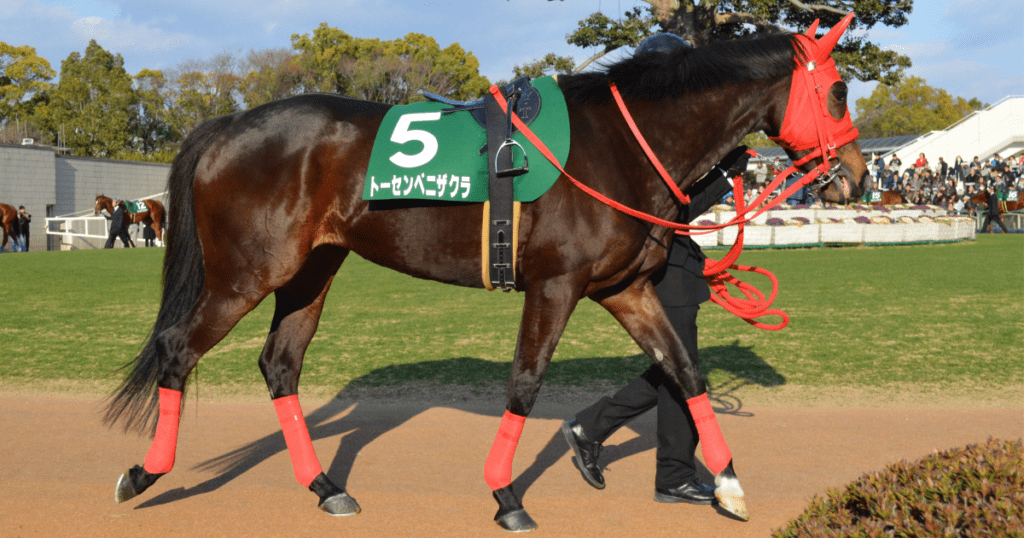
The Pampa’s Cowboys and the Argentine Criollo
On the vast plains of Argentina, known as the downs, a fabulous steed culture thrives. The Argentine Criollo, a strain famed for its abidance and versatility, is the trusted companion of the cowboys – South American cowhands. These professed horsewomen, with their wide- brimmed headdresses and sharp chops in herding cattle, embody the spirit of freedom and independence that defines the Argentine geography. The periodic Fiesta de la Tradición in San Antonio de Areco brings together cowboys from across the region, showcasing their horsemanship and celebrating the rich equestrian traditions of the Argentine Pampas.

The Arabian steed Beauty, Stamina, and Artistic Significance
Renowned for their striking beauty and abidance, Arabian nags have left an unforgettable mark on societies throughout the Middle East. With their distinctive head shape and high tail carriage, Arabian nags aren’t only prized for their appearance but also for their stamina in long- distance trip. The Arabian steed has deep artistic significance, with literal ties to Bedouin gadabouts and a presence in Arabian myth. Events like the Dubai World Cup punctuate the Arabian steed’s prowess in ultramodern equestrian competitions, blending tradition with contemporary sport.
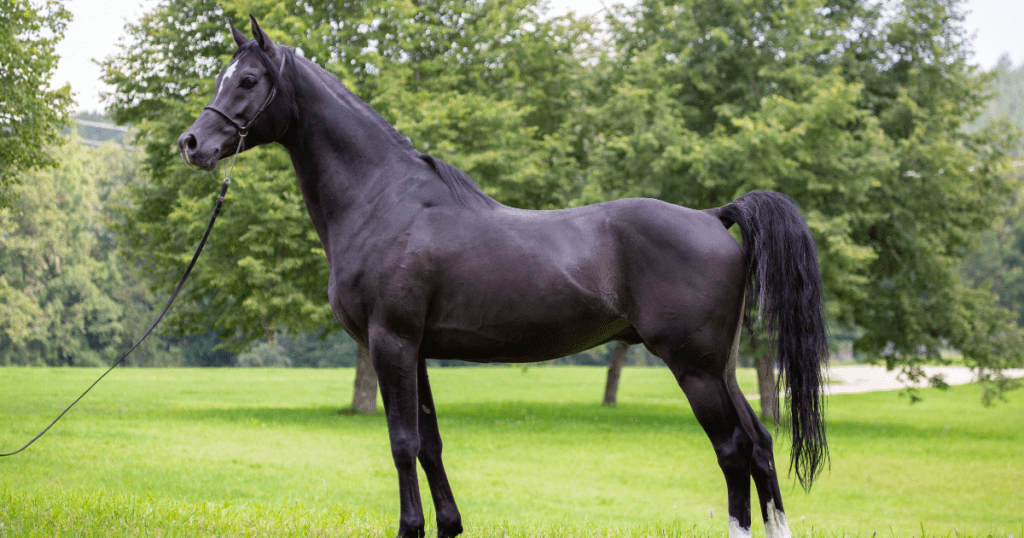
Conservation sweats and the Future of Equine Diversity
While nags have been deified and cherished throughout history, the ultramodern period brings new challenges for their preservation. pitfalls similar as niche loss, overgrazing, and magpie parentage pose pitfalls to the diversity of steed types around the world. Conservation sweats and enterprise concentrated on sustainable parentage practices are pivotal to icing the survival of unique and exposed types. Organizations like the Rare types Survival Trust in the UK and the American Beast types sustentation in the US work lifelessly to guard the inheritable diversity of nags, conserving the artistic and literal significance bedded in each strain.
Contending for Glory The Global Phenomenon of Horse Racing
steed racing, a sport that transcends borders, has charmed cult worldwide for centuries. From the iconic Kentucky Derby in the United States to the outstanding Melbourne Cup in Australia, steed racing is a testament to the universal appeal of these magnific brutes. The thundering hooves, the adrenaline- fueled atmosphere, and the sheer athleticism of both steed and rider combine to produce an stimulating spectacle that unites people from different societies in a participated passion for speed and competition.
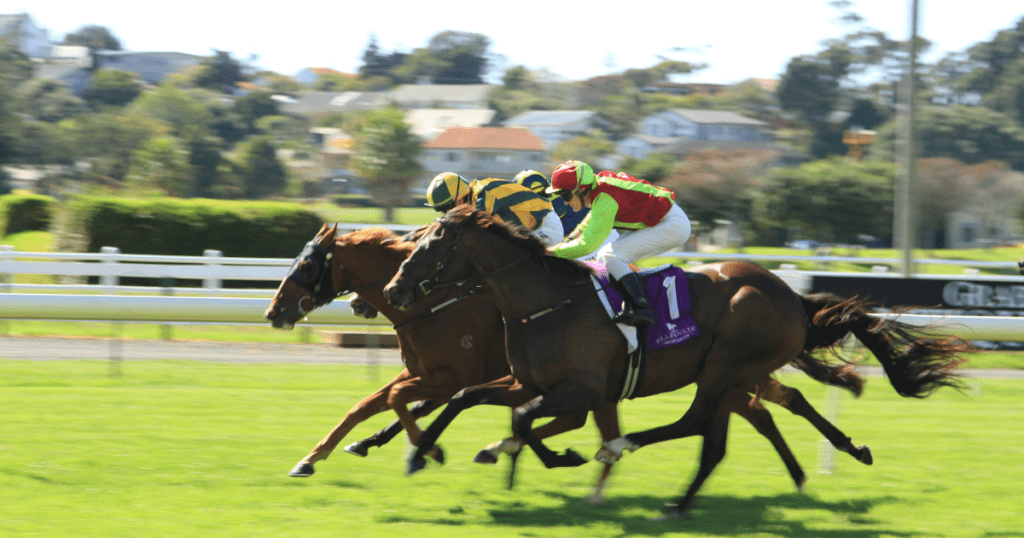
Conservation sweats and the Future of Equine Diversity
While nags have been deified and cherished throughout history, the ultramodern period brings new challenges for their preservation. pitfalls similar as niche loss, overgrazing, and magpie parentage pose pitfalls to the diversity of steed types around the world. Conservation sweats and enterprise concentrated on sustainable parentage practices are pivotal to icing the survival of unique and exposed types. Organizations like the Rare types Survival Trust in the UK and the American Beast types sustentation in the US work lifelessly to guard the inheritable diversity of nags, conserving the artistic and literal significance bedded in each strain.
Conclusion
As we cut the globe, exploring the colorful places nags play in different societies, it becomes apparent that these majestic creatures are further than just companions – they’re living images of history, tradition, and the continuing spirit of humanity. Whether running across the Mongolian downs, parading through the thoroughfares of Seville, or contending for glory on the tracks of Churchill Downs, nags around the world continue to allure our hearts and remind us of the profound connection between humans and these extraordinary beings. In their presence, we find not only a means of transportation or a source of entertainment but a dateless fellowship that transcends borders and enriches the shade of our global heritage.
